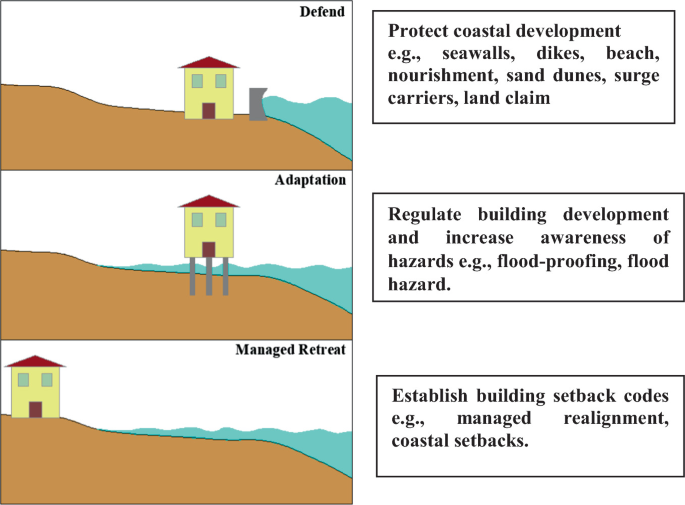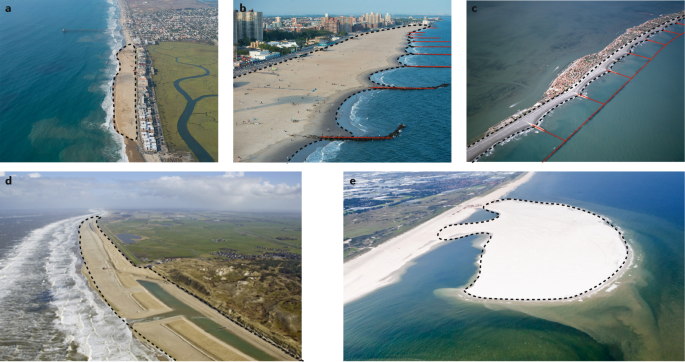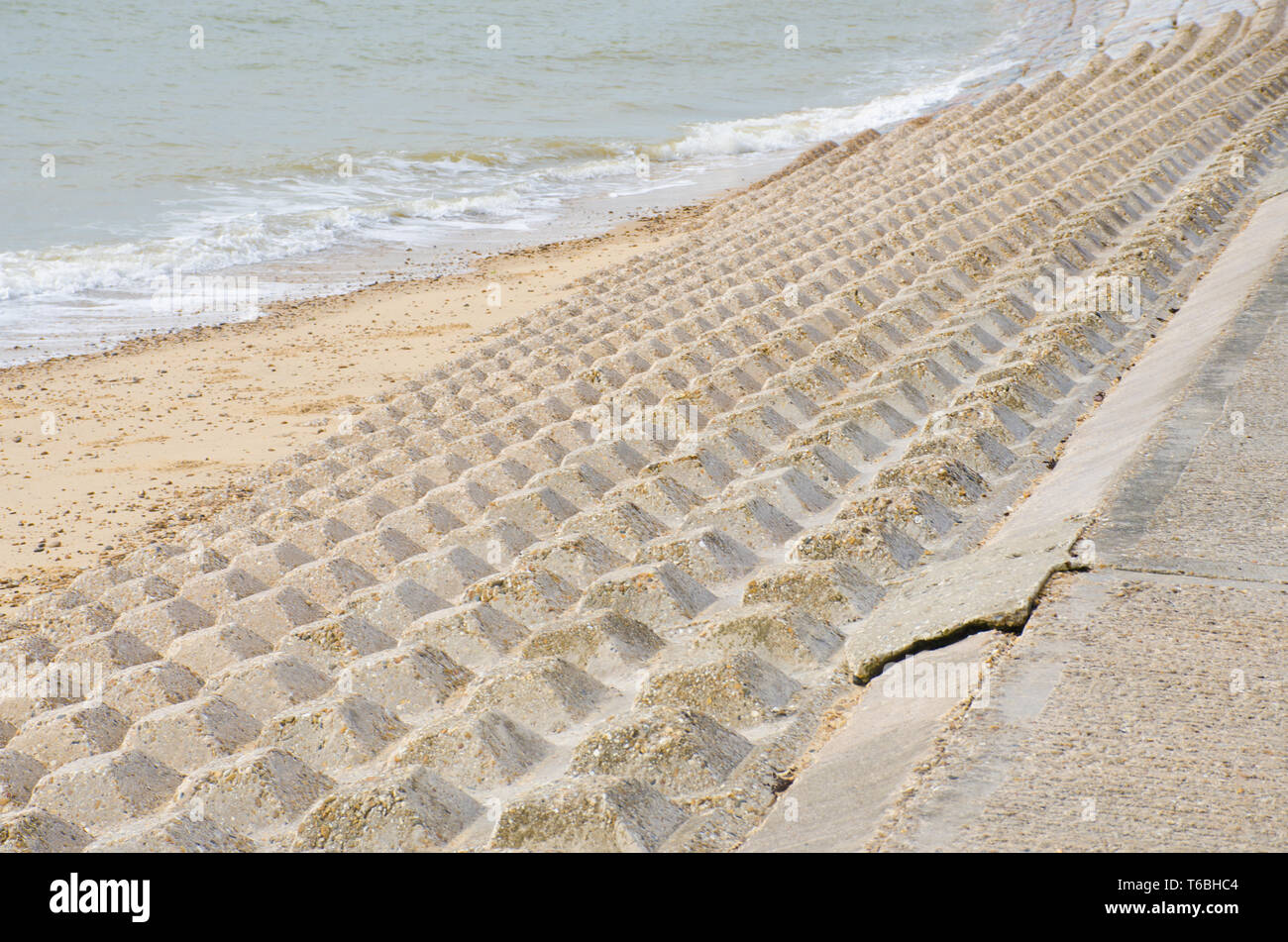10 Simple Techniques For Shore Protect Team
Table of ContentsThe Greatest Guide To Shore Protect TeamExamine This Report on Shore Protect TeamFascination About Shore Protect Team8 Simple Techniques For Shore Protect TeamThe Only Guide for Shore Protect Team3 Easy Facts About Shore Protect Team DescribedWhat Does Shore Protect Team Mean?
Reduction in building value: As the area tourism is influenced by erosion, so then is the economic situation. Customers are less most likely to look for a beach residence that can be damaged anytime by the upcoming flooding and erosion emergency. In turn, residential or commercial property worth can go down immensely and influence the entire region.Whether a coastline is simply little and jampacked or needs to close completely for the safety and security of the ecosystem and close-by residential or commercial properties, this significantly impacts tourism. Consequently, neighborhood economies are impacted (https://www.ted.com/profiles/50380814). Risk of injury: The enhanced danger of flooding and architectural failings causes a raised risk of injury to neighboring vacationers and community participants

is home to even more than 84,240 miles of coast with 41% of it subjected to the open sea. Coastal engineers are in charge of protecting the coastline versus changes by lessening the destructive impacts of both all-natural and man-made events. Shoreline stabilization is straight pertaining to their job. Waterside hotels: Due to the fact that coastline erosion effects tourist, it affects the success of beachfront hotels.
Shore Protect Team Things To Know Before You Buy
This eventually causes closures and deserted beachfront buildings. Coastal industrial businesses: No tourists suggests no organization. For those services accommodating residents, their home goes to risk of damages from erosion and flooding. Coastal state parks: State parks that exist along coasts go to risk of damages. Not only to the manmade frameworks and buildings on website, but also to the all-natural environments that exist within.
Soft stablizing is a better option for the setting and even more lasting overall. Hard stabilization utilizes man-made structures as defense to manage erosion. Normally, these structures are set up at right angles or alongside stop sand activity and decrease the pressure of waves. Most forms of tough stabilization like seawalls and sheet steel are not optimal for coastline stablizing.
Some Of Shore Protect Team
There's also not enough evidence of their effectiveness depending on the kind of shoreline and local conditions. Tough stabilization strategies tend to be harder to mount and do not match the natural visual, standing out like a sore thumb and damaging regional ecological communities in lots of situations. Coastline nutrients is the process of including lost sand and debris back to beaches after disintegration has actually happened.
TrapBags help in the process of coastline nutrients by shielding natural communities and permitting plants to grow. While this procedure can be costly and is not irreversible, the pros have a tendency to outweigh the disadvantages. TrapBag obstacles offer several buildings that make them perfect for seaside and shore disintegration defense. They're: Eco-friendly: You can utilize indigenous dirt both to surround and to fill up the TrapBags.

The 8-Second Trick For Shore Protect Team
They can additionally be set up without any kind of hefty machinery. Budget-friendly: TrapBags are optimal for both tiny and large locations of coastline.
Integrated with a high building and construction expense, this has brought about raising use various other soft engineering coastal management alternatives such as coastline replenishment. Seawalls are created from different products, the majority of generally enhanced concrete, rocks, steel, or gabions. Various other possible construction materials consist of vinyl, wood, light weight aluminum, fiberglass composite, and eco-friendly sandbags made from jute and coir. The ideal seawall layout depends on location-specific elements, consisting of bordering erosion procedures. There are 3 primary kinds of seawalls: upright, bent, tipped, and piles (see table listed below). A record published by the United Nations Environment Program (UNEP) recommends that the tsunami of 26 December 2004 triggered less damage in the locations where natural barriers existed, such as mangroves, coral reefs or coastal plants.
Natural obstacles, such as coral reefs and mangrove forests, avoid the spread of tidal waves and the circulation of coastal waters and reduced the flood and rise of water. A cost-benefit approach is an effective method to determine whether a seawall is ideal and whether the advantages are worth the expenditure.
Not known Facts About Shore Protect Team
A seawall is a fixed feature which can contravene the dynamic nature of the coast and restrain the exchange of sediment in between land and sea. The table below sums up some favorable and negative results of seawalls which can be utilized when comparing their effectiveness with various other seaside administration options, such as coastline nourishment. [] Benefits and drawbacks of seawalls according to Short (1999) Benefits Drawbacks Lengthy term solution in contrast to soft coastline nutrients.

This can cause coastlines to dissipate, rendering them worthless for coastline goers. Generally, seawalls can be an effective way to control coastal disintegration, however only if they are created well and out of products that can withstand the force of recurring wave power.
How Shore Protect Team can Save You Time, Stress, and Money.
The appropriate seawall layout depends on location-specific elements, including surrounding disintegration procedures. There are 3 major kinds of seawalls: vertical, rounded, tipped, and piles (see table below).
Natural barriers, such as coral reefs and mangrove woodlands, protect against the spread of tsunamis and the flow of coastal waters and minimized the flood and surge of water. A cost-benefit approach is a reliable method to figure out whether a seawall is proper and whether the benefits are worth the expenditure.
Shore Protect Team Things To Know Before You Buy
A seawall is a fixed function which can contravene the vibrant nature of the coastline and hamper the exchange of sediment in between land and sea. The table below summarizes some favorable and adverse results of seawalls which can be made use of when comparing their efficiency with various other coastal administration choices, such as beach sustenance. [] Advantages and disadvantages of seawalls according to Short (1999) Benefits Disadvantages Lengthy term remedy in contrast to soft coastline nourishment. custom bulkhead designs.

This can trigger coastlines to dissipate, providing them pointless for beach goers. Typically, seawalls can be a successful method to manage seaside erosion, but only if they are created well and out of materials that can hold up against the force of recurring wave energy. Some understanding is required of the coastal processes and morphodynamics specific to the seawall area.